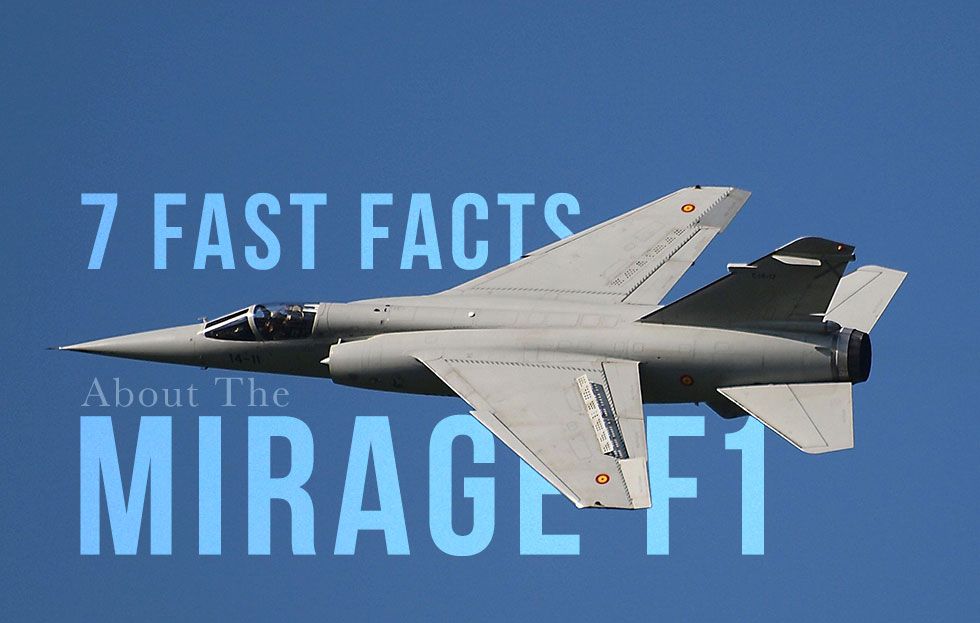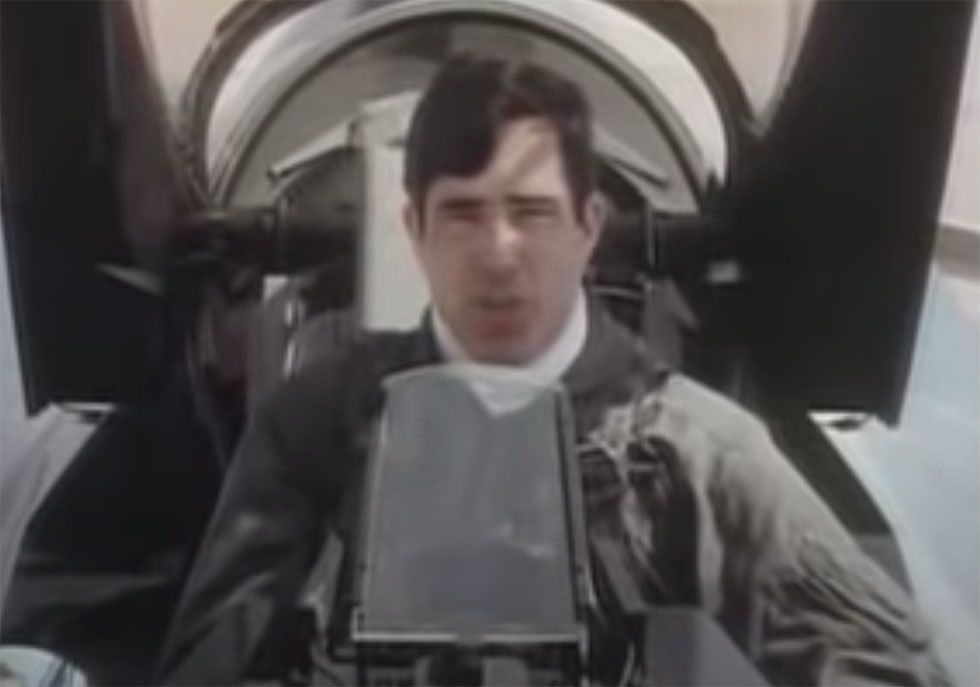Jet engines are highly complicated instruments that propel an aircraft to very high speeds. When it comes to raw power, nothing is quite like a jet engine. We have shared a video in a past Jet Friday that explains how a jet engine works. The typical turbofan of a jet airliner will resemble and operate like the powerplants on the animated illustrations on the Animagraggs website. In military fighter aircraft, a turbojet will enable a jet to operate at ceilings of up to 60,000 feet, reaching maximum speeds of 1874 mph hour of the F-15 Strike Eagle or MiG-31 Foxhound.
Also read: Tales of the SR-71 from a Blackbird Pilot
But when it comes to engines that need to function at much higher ceilings and cruise at much faster speeds, you need a much more powerful and unique power plant to accomplish the mission. The SR-71 Blackbird, retired since 1999, was a strategic reconnaissance aircraft that operated at Mach 3+. Where the SR-71 operated, reaching heights of 85,000 feet, the air is even thinner than that experienced by the F-15 or similar fighters. Add to that the unbelievable altitude, the Blackbird screamed across the sky at 2,200 mph while shooting photos of the landscape below. Its speed and service ceiling, along with its stealthy elements, were the SR-71 pilot’s only self-defense.
Also read: Request a Speed Check – Blackbird SR-71
The SR-71 spyplane was powered by two Pratt & Whitney continuous-bleed afterburning turbojets that delivered 34,000 lbf each. Below is an opportunity for you to get familiar with how one of these engines operated and how it solved the problems of high, thin air at tremendous speeds. We hope you enjoy a little history and we invite you to share this article with your friends and colleagues. If you like this article, check out more of our #JetFriday articles.







